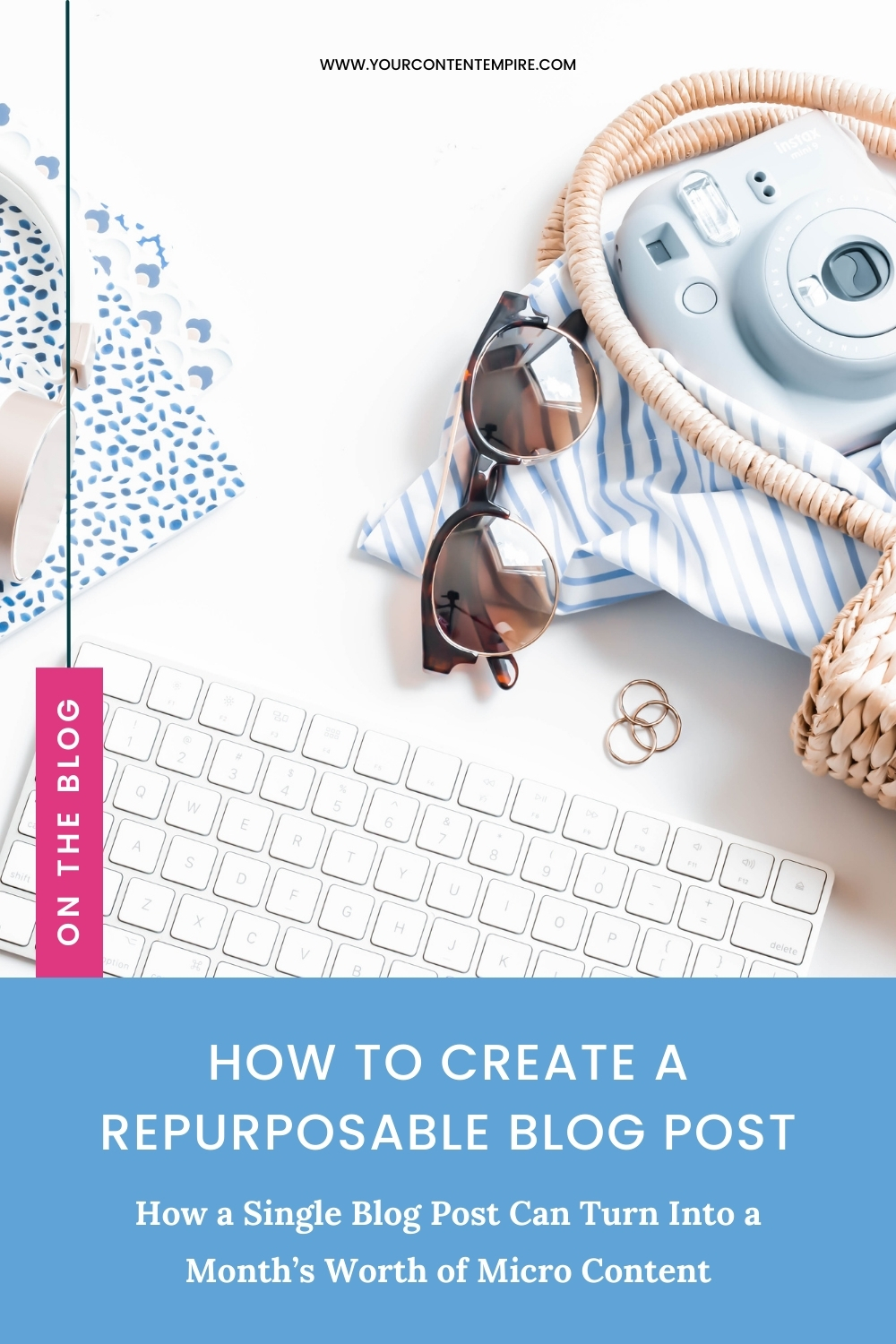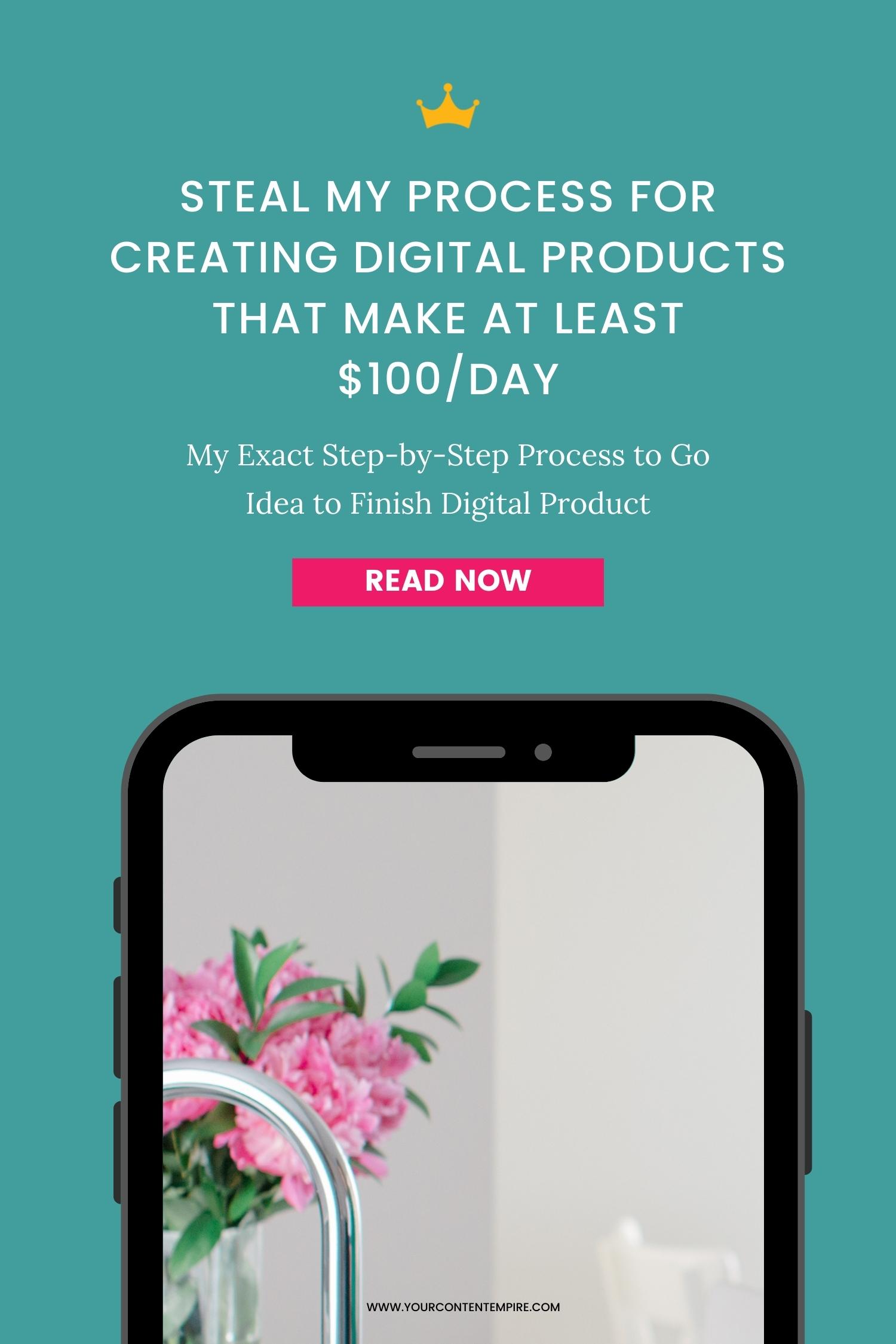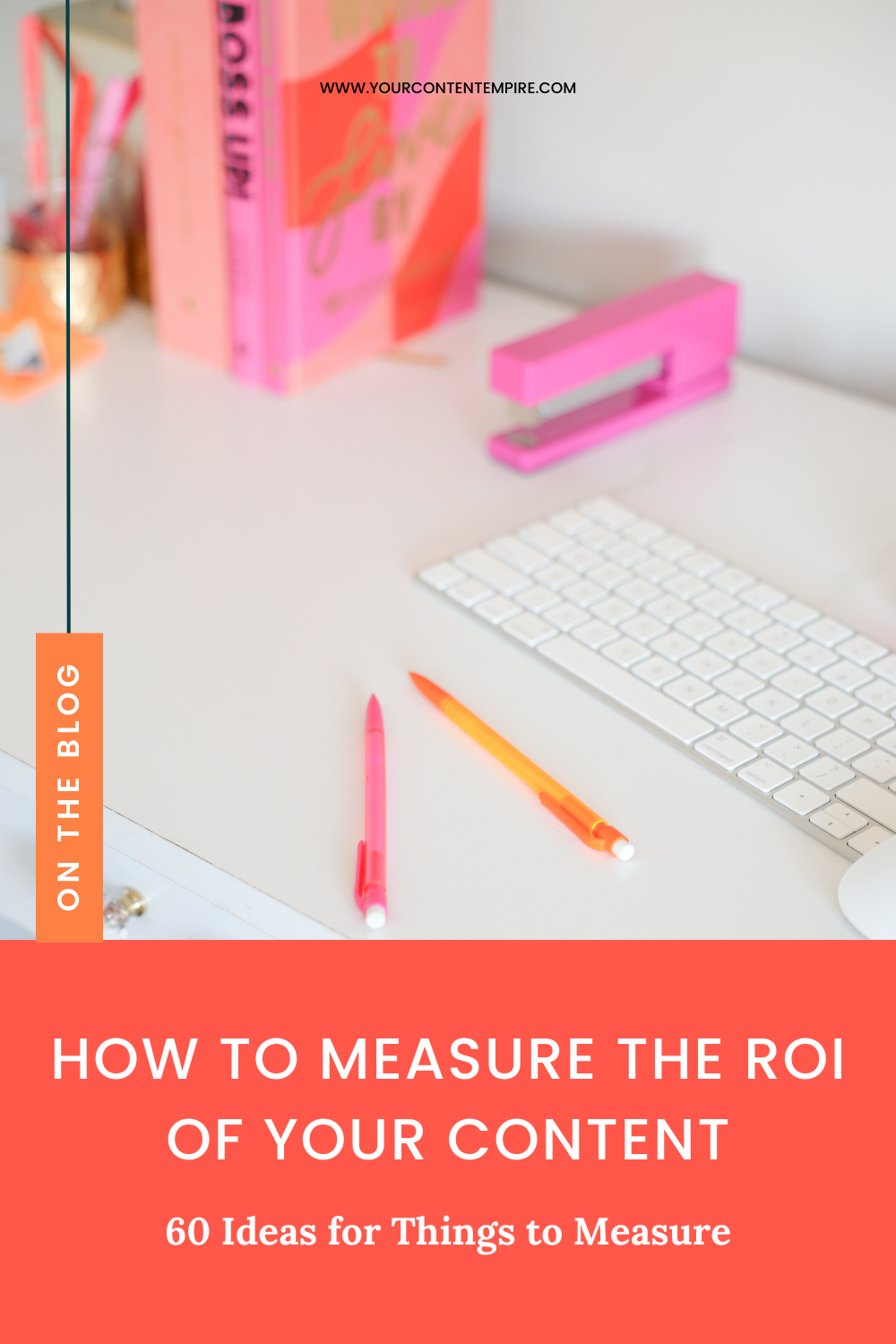Content has multiple roles in our marketing strategies and I focus on the core 4 of them in my E.A.S.E. Content Strategy Method: Expertise Content, Attraction Content, Selling Content and Engagement Content. In my previous post, we dove into the Expertise part of the framework which went through 4 secrets to creating rave-worthy, high-value educational content for your audience. Click here to read that post here.
As a refresher, the E.A.S.E. Content Strategy Method is a way of simplifying and diversifying your content strategy.
It helps you select fewer channels to focus on (especially helpful for the types who want to try to do everything. Just me?) and make sure you’re covering your bases in terms of choosing platforms that accomplish each of the core four content purposes.
In this post, we’re going to explore your attraction content:
Attraction Content
The A in the E.A.S.E. Content Strategy Method represents the content you use to attract and grow your audience. T
o build your business, the Content Empire way, you need to be bringing in new leads consistently in order to build up a solid (active) interest list for your offers.
Real talk here: The people who joined your list years ago, might not be the ideal clients they once were. It’s very natural to have email list atrophy and by making sure you have a solid audience-attraction strategy in place, you’ll be able to replace and increase the people in your pipeline. The attract phase is how you bring in those new people (when we get the Engage part of the framework, we’ll discuss how to build those relationships and nurture them).
Also important to note: MORE people in your pipeline is really subjective and depends on your business. For instance, if you have more premium offers and work with less people, you’re going to require much fewer, but highly validated leads. Whereas if you’re running more of a digital course or digital product business model, you’re going to require more leads in order to hit your revenue goals.
Step 1 – Choose one main attraction platform
Like with the expertise part of the E.A.S.E. Content Strategy Method, a key principle is that you’ll choose ONE platform to focus on for at least 30 days that serves your audience attraction needs.
When it comes to audience-building, not all platforms are created equally. There are some social media channels, which are more engagement-based, such as Instagram. While this isn’t true in every case, for the majority, Instagram doesn’t drive a ton of traffic to your website but is great for having conversations.
A defining characteristic of the platform you choose for your attract content is that it drives traffic to your website.
Choosing which one to go with is a combination of knowing where your people are and the behaviors that people take on that platform. Are they clicking through and leaving that platform in order to get access to content that lives on your website? Or just hanging out there to interact and have conversations?
Here are some examples of attraction-platforms:
- Paid advertising – choose ONE like Facebook ads, Instagram Ads, Google Ad Words, Promoted Pins
- Pitching podcasts or collaborating
Really anything that gets you in front of a NEW audience who doesn’t already know you yet.
Take Action: Choose one attraction platform to go all-in on for building your audience.
Step 2 – Setting Your Benchmarks
So the first order of business after you have chosen the attract platform that you want to focus on is to figure out how that platform is already performing for you in terms of attracting new traffic.
Some things you might look out in order to determine this would be…
- Website traffic generated from it
- The amount of inquiries you get there
- What actions that traffic takes once they go to your website
- Your engagement rate on the platform
These numbers become your benchmark for that attract platform, your starting place. And even if it's zero right now, remember we all have to start somewhere and by focusing on it, you’re going to see that number grow.
Once you have your benchmark, you’re in the right place to set a goal that you want to hit within the next 30 days on the platform.
I like to encourage you to focus on small wins at first. This isn't to discourage you from setting those big, audacious, exciting goals, but it is to encourage you to focus on small improvements and stacking those small wins to add up to those big, audacious, exciting goals.
Take Action: Grab your benchmark numbers for your audience-building platform.
Step 3 – Create a 30-Day Audience-Building Action Plan
When it comes to testing out a new platform, I like to focus on 30-day or month-long increments.
Because while you should stick with something at least 90 days, because oftentimes you're not going to see the flowers from the seeds you've planted until they’ve had a chance to grow, it is long enough to get a good indication that the small wins you’ve been stacking are going to work and more importantly that you’re also enjoying spending time on the platform.
And if you’re not seeing the results yet that you’ve hoped for, it’s time to either change direction in terms of strategy and actions or switch to a different attraction platform.
In your 30-day audience-building action plan, you'll want to include these 10 things:
- What is the big goal that you're working towards audience-building-wise?
- What are the small wins that you're hoping to achieve within this 30 day period?
- What are your success metrics?
- What else are you measuring or tracking that’s going to give you a clue that you're headed in the right direction?
- What is your learning goal? Can you try to learn something new about that platform to understand it better every week?
- What are your daily activities?
- What are your weekly activities?
- And what do you want to try to do once within that 30 day period?
- When are you going to do these activities? Put them on a calendar
- Who are three people/accounts who are using this platform well? What can you learn from them?
Now a question I get all the time is, what do I do about the other channels I’m using?
There is a difference between active versus passive amplification channels. So just because you're choosing one thing to focus on, like going all in on Pinterest, it doesn't mean that you're going to stop on Facebook.
It just means that you are going to free up and automate Facebook as much as you can so that you can essentially put it on autopilot or as low maintenance mode as possible.
Take Action: Create your action plan by answering the questions above or sign up for the workshop/masterclass to co-create your plan together!
Want to Learn to Put This Strategy Into Action?
Get instant access to my E.A.S.E. Content Strategy Workshop where you'll learn the 4 content platforms and strategies to focus on to scale your results and sales from content. Plus you'll get my exclusive EASE Content Planning Spreadsheet for FREE ↓







